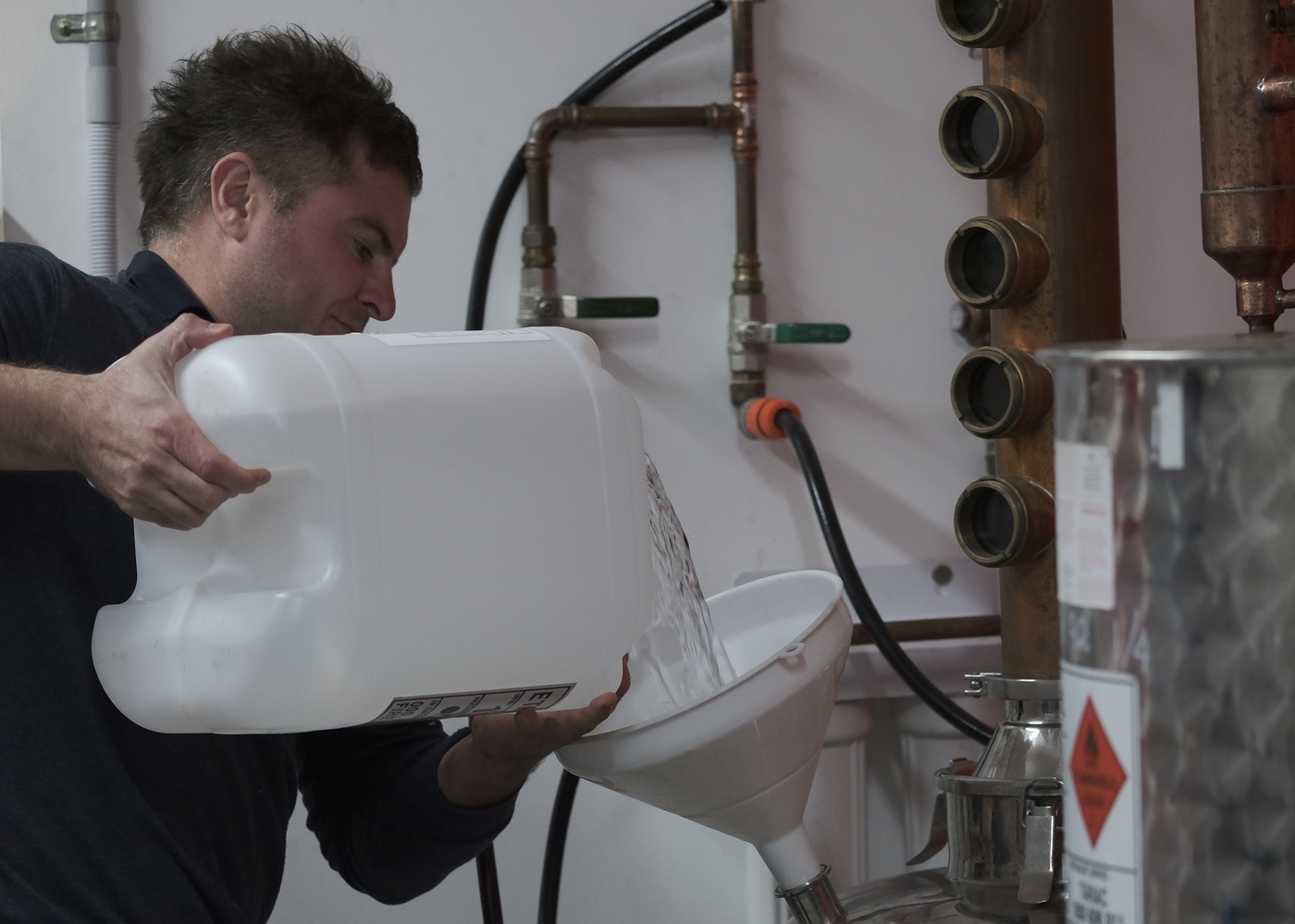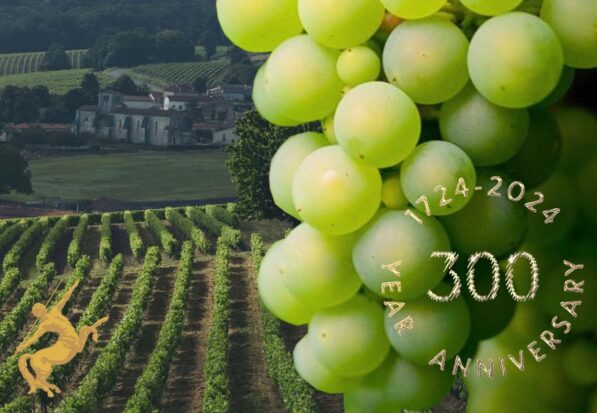While you might think that owning a distillery means you get to swan around drinking liquor all day, the reality, especially for micro-distillers, is very different.
We spent some time with Anthony Vallelonga from Red Hen Gin in Adelaide, the first urban distillery in Adelaide’s CBD. Only last month, their Gin was named Best Classic Dry Gin nationally at the inaugural Australian Gin Awards.
While the distillery is still very much in its infancy, Vallelonga would be the first to say that they are all still working it all out. After all, he is the distillery’s only full-time employee and even that only started a few months ago.
“Before I was full-time, we were probably doing about three batches a month,” Vallelonga said. “One of us would come in early Saturday morning for the first 3 hours and then another person would come in: we tried to split it up into shifts, so that way the four of us weren’t here all day.”
Now if you think Red Hen is set up in an enormous, decked out, hipster warehouse space, then that idea couldn’t be further from the truth. Yes, they are located in a warehouse but it is one they share. Their part is a tiny room that is only big enough to fit a small still, two storage vats, industrial shelves (where they also store their botanicals) and a desk.
“We came up with the idea in about June 2014, my brother Michael was the brainchild behind it,” Vallelonga explained. “He had the idea and floated to me and my other brother Daniel over drinks, we spoke about it and thought it sounded like a great idea, but we didn’t think anything would come from it.
“A few weeks later, Michael rang to say he was researching stills. He just said ‘are you in or are you out?’ because I’m about to buy one. We just thought we couldn’t miss out on the opportunity. We didn’t know where it was going to go or what was going to happen. So he bought the still.”
As well as the three brothers, they also involved a friend, Luke Page, in their venture that takes its name from the Red Hen railcars that got them to and from school twenty years ago.
“If it’s a batch day, which we usually do on say Monday and Wednesday, I’ll get in at around 7.40 in the morning to get the batch going, said Vallelonga. “So essentially that’s putting the 40 litres of Tarac and the 40 litres of water into the still.”
Tarac which comes out of South Australia’s Barossa Valley is Australia’s largest producer of high-quality grape spirit. Established in the 1930s, Tarac has become a driving force behind Australia’s booming craft spirits industry and is used by many of the more than 50 boutique distillers around the country.
“While the still is warming up, I will get the botanicals ready,” he continued. “One of the more unusual botanicals we use is muntrie berries. They are indigenous to South Australia and have an almost sweet, spicy apple flavour. It’s a bit of a superfood. We try to source as much as we can locally.”
The brand uses 15 botanicals, including the usual suspects of juniper, coriander, orris root, liquorice root and cassia bark. In addition to the unusual Muntrie berries, the Gin also includes fresh celery leaf which provides a herbaceous peppery note.
“I will usually turn the still on at 8.20 and then it starts producing at about 9.40, so essentially what that means is the alcohol starts dripping out”.
Vallelonga points out that it takes about 10 hours to do a batch. While it is running Vallelonga tries to handle the massive amount of paperwork that goes with running a distillery, no matter what the size. Whether it’s tax, invoices, admin sort of stuff, marketing, organising couriers or events, in addition to any other ad hoc items that need to be done.
“Of course, while the still is running, I am trying to do bottling as well,” Vallelonga points out. “I will literally sit there surrounded by a stack of bottles and fill them up by hand. That means putting corks in the bottles, labelling, applying the heat seals, applying the batch stickers and boxing them up. It’s a very hands-on operation.”
While Red Hen might not yet be quite big enough to bring in an automated bottling system, but Vallelonga believes the day probably isn’t far off. As part of the brand’s evolution, there is talk of getting a bigger still, perhaps another employee, releasing another Gin but definitely expanding their reach and begin selling into the Sydney and Melbourne markets.
“When we started, we never had the attitude that we were going to do this, make a gin, win these awards, take over the industry. Not that we are doing that; although we have obviously won a few awards, but we didn’t start it with the view that this was going to be our jobs one day.”











